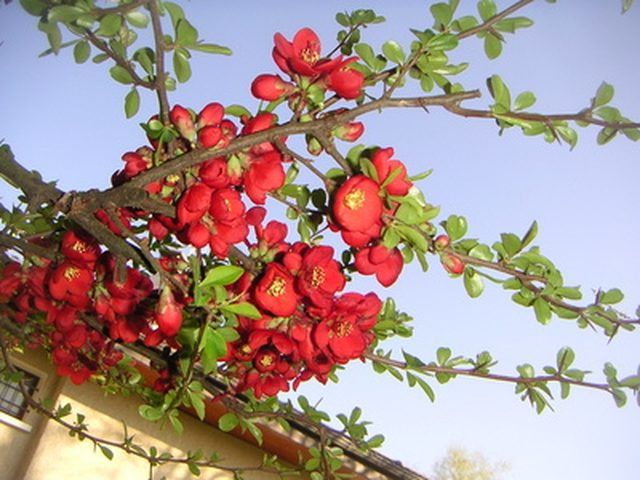Bulbs
Flower Basics
Flower Beds & Specialty Gardens
Flower Garden
Garden Furniture
Garden Gnomes
Garden Seeds
Garden Sheds
Garden Statues
Garden Tools & Supplies
Gardening Basics
Green & Organic
Groundcovers & Vines
Growing Annuals
Growing Basil
Growing Beans
Growing Berries
Growing Blueberries
Growing Cactus
Growing Corn
Growing Cotton
Growing Edibles
Growing Flowers
Growing Garlic
Growing Grapes
Growing Grass
Growing Herbs
Growing Jasmine
Growing Mint
Growing Mushrooms
Orchids
Growing Peanuts
Growing Perennials
Growing Plants
Growing Rosemary
Growing Roses
Growing Strawberries
Growing Sunflowers
Growing Thyme
Growing Tomatoes
Growing Tulips
Growing Vegetables
Herb Basics
Herb Garden
Indoor Growing
Landscaping Basics
Landscaping Patios
Landscaping Plants
Landscaping Shrubs
Landscaping Trees
Landscaping Walks & Pathways
Lawn Basics
Lawn Maintenance
Lawn Mowers
Lawn Ornaments
Lawn Planting
Lawn Tools
Outdoor Growing
Overall Landscape Planning
Pests, Weeds & Problems
Plant Basics
Rock Garden
Rose Garden
Shrubs
Soil
Specialty Gardens
Trees
Vegetable Garden
Yard Maintenance
The Best Time to Transplant Crabapple Trees
The Best Time to Transplant Crabapple Trees. People enjoy growing crabapple trees for their showy display of beautiful flowers and brightly colored fruit. Crabapples (Malus spp.) prefer a sunny location. Although crabapple trees tolerate a wide variety of soil types, they need well-drained soil.

People enjoy growing crabapple trees for their showy display of beautiful flowers and brightly colored fruit. Crabapples (Malus spp.) prefer a sunny location. Although crabapple trees tolerate a wide variety of soil types, they need well-drained soil.
Features
Tree heights vary from 8 to 40 feet. Shapes include "weeping (pendulous), rounded, spreading (horizontal), upright (columnar), vase-shaped, and pyramidal," according to Ohio State University Extension's website. People sometimes use crabapple trees as container plants trained as bonsai plants, according to the University of Florida website. Frequent uses for crabapple trees include as landscaping around homes, public and commercial buildings, parks, schools, streets and highways.
Considerations
Transplanting any tree puts stress on it. Fortunately, crabapple trees have a medium-high tolerance for transplanting, according to North Dakota State University's website. However, avoid storing the crabapple tree dormant for extended periods before transplanting it because that often results in the tree not readily budding.
Time
Most crabapples start out as field-planted trees at a nursery. You transplant a tree every time you purchase and plant one. However, a bare-root tree purchased from a nursery has about 75 percent of its root system intact, versus only about 25 percent for an existing landscape tree dug up to transplant. The best time to transplant any crabapple tree is in early spring after the ground thaws and before the crabapple buds, according to North Dakota State University.